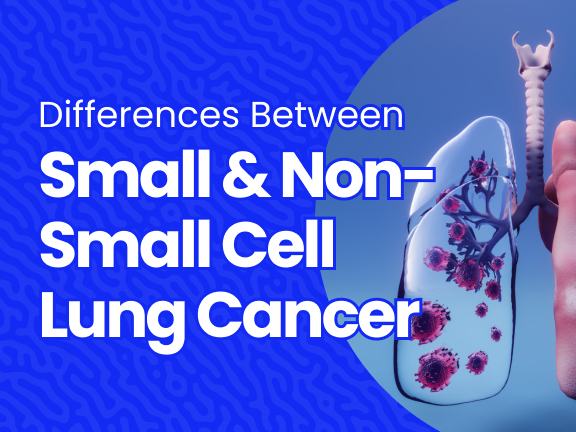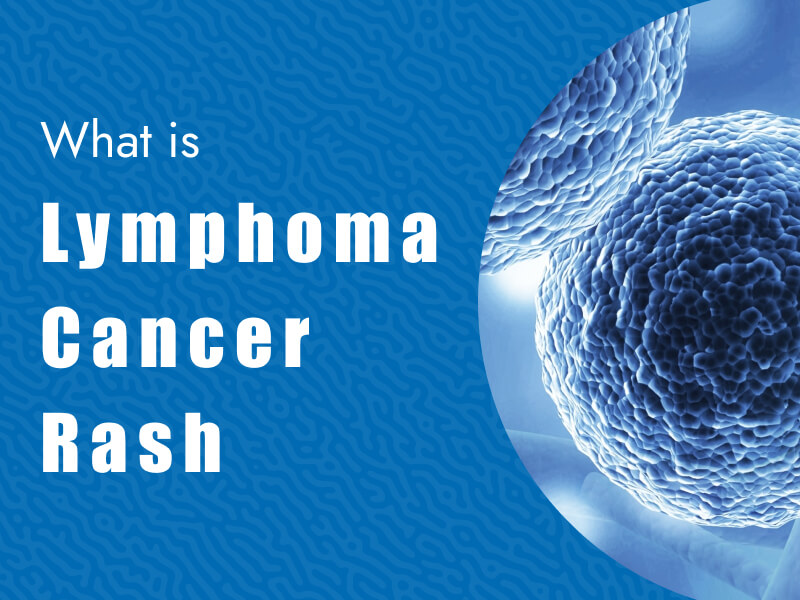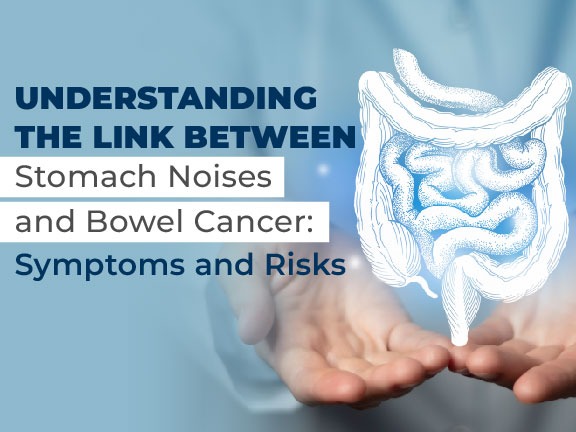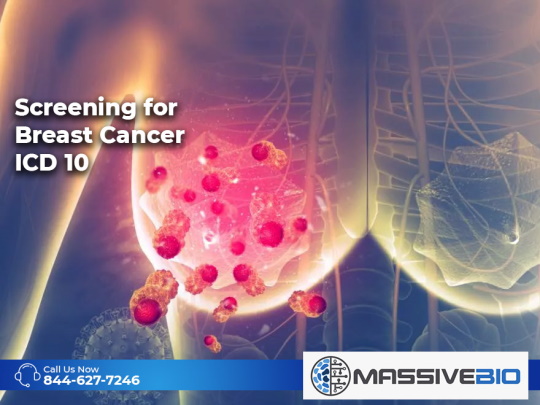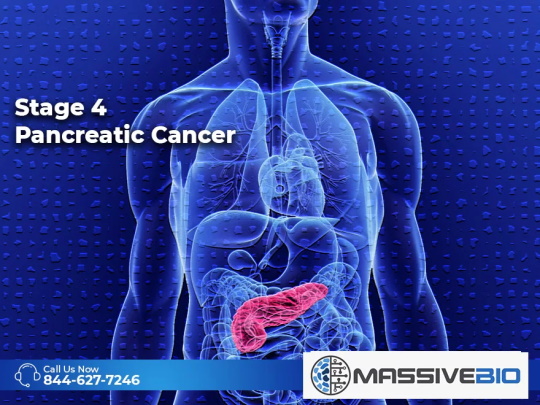There are 2 main types of lung cancer that differ in several ways such as how they are treated, where they begin growing, and how quickly they spread. Lung cancer typically starts growing in the cells that line the bronchi or parts of the lung such as the bronchioles or alveoli. Non-small cell lung cancer (NSCLC) and small cell lung cancer (SCLC) both start developing in these parts of the lungs, however SCLC is most often in the bronchi, which are airways leading from the trachea to the lungs.
A small cell or non-small cell lung cancer diagnosis is confirmed by tests such as:
- Biopsy: Doctors collect a sample of the tumor tissue through several methods and view the sample under a microscope in a lab. The doctors will be able to detect any cancer cells and which subtype of lung cancer is present.
- Sputum cytology: In patients with a persistent cough, doctors may look at the sputum under a microscope, which can see lung cancer cells in some cases
- Imaging tests: X-rays are used to see the abnormal mass or nodule. CT scans can be used to see any lesions in the lungs that X-rays can’t detect.
What is Small Cell Lung Cancer?
Small cell lung cancer can be divided into two subtypes, small cell carcinoma and combined small cell carcinoma. Small cell carcinoma is more common, and the tumor’s cells appear flat like oats when doctors view the biopsy tissue under a microscope. Combined small cell carcinoma cells have both types of lung cancer cells, small cell and non-small cell. However, SCLC is much less common than NSCLC, only making up less than 20 percent of all lung cancer cases.
The small cell lung cancer prognosis is less favorable than non-small cell lung cancer because the cancer cells grow and spread more quickly. Patients with SCLC are also more likely to have the cancer return after treatment is completed.
What is Non-Small Cell Lung Cancer?
More than 80 percent of all lung cancer cases are considered NSCLC. NSCLC subtypes are grouped together because the treatment options and prognosis are similar. The three subtypes are adenocarcinoma of the lung, squamous cell carcinoma, and large-cell undifferentiated carcinoma. Adenocarcinoma is the most common, accounting for roughly 40 percent of NSCLC cases, which is found in glands that secret mucus located in the outer region of the lungs. Squamous cell is the only NSCLC subtype attributed to smoking and is found around the center of the lungs. Squamous cell lung cancer accounts for a third of all NSCLC cases. Large-cell undifferentiated carcinoma is only seen in 10 percent of NSCLC cases but spreads the quickest and can be found anywhere in the lungs.
What are The Symptoms?

Symptoms in lung cancer are normally general and the location of the tumor can have more of an influence on them, rather than whether the tumor is NSCLC or SCLC.
Non-small cell lung cancer and small cell lung cancer symptoms often include:
- Persistent cough
- Coughing up blood
- Chest pain or discomfort
- Shortness of breath
- Unexplained weight loss
- Difficulty swallowing
- Hoarseness
What are The Causes?
Lung cancer is one of the most common types of cancer in men and women. The leading cause of lung cancer is smoking. However, certain subtypes are more associated with smoking than others. SCLC is caused by tobacco smoke in most cases. Cases of NSCLC also can be caused by smoking, but it is less common. For example, Adenocarcinoma, is mainly in those who smoke, but it is the most common type of lung cancer in those who have never smoked.
Other causes of both types of lung cancer include:
- Exposure to Radon
- Hazardous chemicals such as asbestos, uranium, arsenic and more
- Genetic factors may play a role in those with a family history of lung cancer
What are the Differences Between SCLC and NSCLC?
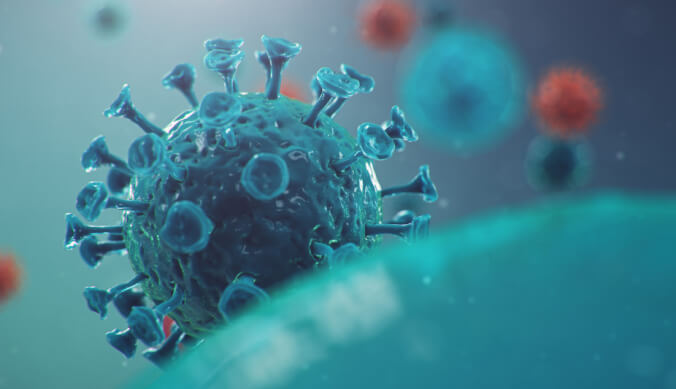
The main difference in the 2 main types of lung cancer is the way the cells appear under a microscope. SCLC cells appears as flat and smaller than cancer cells in NSCLC. SCLC typically grows faster than NSCLC and often spreads to the lymph nodes. In nearly 3 in 4 patients with SCLC, the cancer already spread by the time of diagnosis. NSCLC often grows at a slower rate and causes less symptoms.
What are The Treatment Options?
Treatment options for lung cancer patients depends on factors such as the stage of disease and type of lung cancer. Because smoking is so common in lung cancer patients, it is beneficial to stop smoking during treatment. Studies show this leads to better outcomes in patients than those who continue smoking during treatment.
For patients with SCLC, cancer treatment options can include:
- Chemotherapy is the most common standard treatment
- Radiation therapy, can be combined with chemotherapy or used on its own to help prevent the cancer from progressing
- Immunotherapy for patients in advanced stages
- Surgery for patients in early stages, which is typically combined with chemotherapy
For patients with NSCLC, cancer treatment options can include:
- Surgery for patients in early stages, which is typically combined with chemotherapy
- Targeted therapy for patients with known mutations and biomarkers
- Immunotherapy for patients of all stages with certain mutations or biomarkers
- Chemotherapy is the most common standard treatment
Metastatic lung cancer is more difficult to treat since the cancer has spread to distant tissues and organs in the body. For patients with advanced disease such as stage 3 lung cancer or stage 4 small cell carcinoma, surgery is not an option because it has spread beyond the original tumor location. Because treating cancer that has spread is less effective, the survival rate for lung cancer stage 4 is lower than lung cancer diagnosed in the early stages.
Non-Small Cell Lung Cancer Clinical Trials
Massive Bio specializes in finding advanced clinical treatments for every lung cancer type. If you’ve been diagnosed with any of the following lung cancer subtypes, we’re here to help. If you don’t know which type of lung cancer you have, that’s okay. Additional testing can help you determine your exact diagnosis.
- Adenocarcinoma
- Squamous Cell Carcinoma
- Large Cell (Undifferentiated) Carcinoma
- Small Cell Carcinoma
- Combined Small Cell Carcinoma
Sources:



